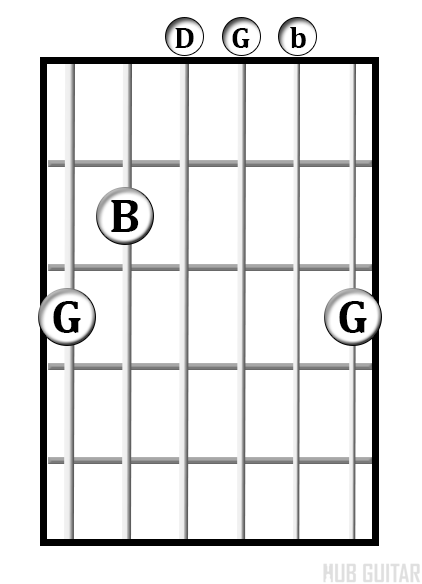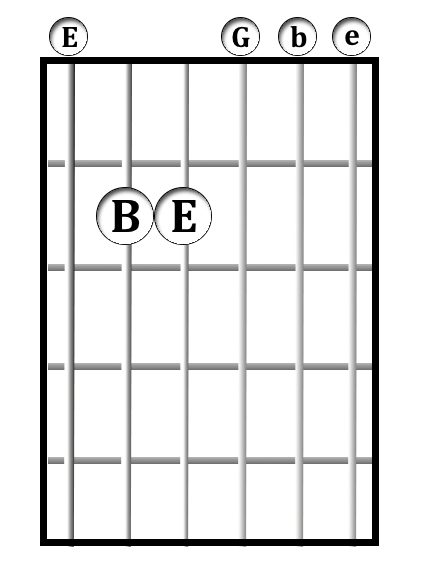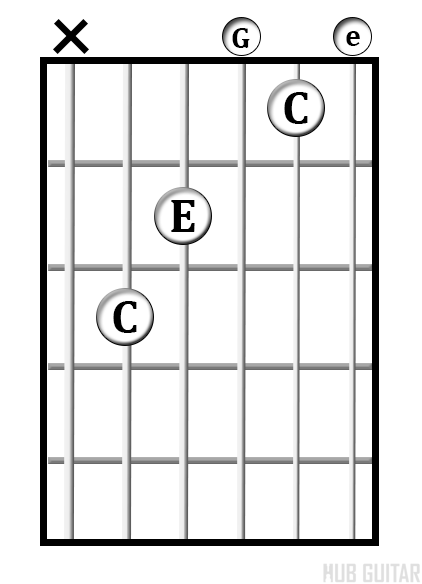Chord Pushups: Learn Chords Quickly and Effectively
How To Do a Chord Pushup
- Form the chord shape with the fretting hand.
- Press down on the chord notes and be sure to actually play the chord.
- Lift the fingers off of the fretboard—completely—and straighten the hand, too. Pushups must go all the way up, and chord pushups do, too.
- Repeat the chord as many times as possible, slowly at first and then faster and faster.
- Focus on allowing all fingers to move, together, to the correct fret targets.
The majority of beginner guitar players struggle at first to learn the initial handful of important chords that are needed to play most popular songs. The learning curve seems steep. Unlike many other skills, which can start to feel functional within minutes or hours, these first few chords really do need to be mastered to some extent before the player can function with them and play chord progressions to popular songs.
A common complaint beginning learners have is that it takes a long time to form the chord shape, and therefore switching between them feels impossible.
It goes something like this:
Learning Your First Song
Suppose you want to play the chords to your favorite song. You've looked them up and they are:
| Gmaj | Emin | Cmaj | Dmaj |
Although you can, given time, form each of these chords with your fretting hand and play them, it takes you too long. And so the four chords can’t be played as a coherent chord progression.
The trick is to refocus your goal from playing a chord progression to being able to form the chord shapes quickly and correctly. In order to do this, we will take each chord from the progression, separately, and practice it repeatedly using a technique called chord pushups—the technique for which this lesson is titled.
First: Repeat a Single Chord
The first reason chord pushups are so powerful is that they allow us to repeat a single chord over and over again, focusing our attention tightly on the task of improving and speeding up its execution. Due to the difficulty of remembering a second, third and fourth chord (and switching to them quickly), concentrating instead on a single chord drastically increases the rate at which we can master it.
Imagine that you must play a chord about 1,000 times to learn to play it quickly and effectively. (Your mileage may vary, but let’s suppose.)
Now, if you are practicing it in the context of a four-chord progression as above, you must practice 4,000 chords before each reaches the 1,000 mark.
In addition, since switching between four chords is much slower than repeating a single one, your rate of progress will be further slowed.
Finally, since your chances to observe and correct your technique are further diminished by the fact that your attention is consumed by playing four different chords rather than mastering just one, your progress is further slowed.
The solution? Pour your attention into mastering a single chord at a time.
Measure your mastery purely in the number of times you’ve practiced each chord.
Second: Focus on Forming the Chord
The second reason chord pushups are so powerful is that, instead of practicing chords with vague goals and unclear outcomes, you’re practicing each chord with a single goal in mind: learn to form the chord quickly, effectively and correctly. You will watch as each of the fingers of the fret hand move in coordination, landing together at their final destination. You will then play the chord and hear that each string of the guitar rings clearly (if intended) or not at all.
As you practice chord pushups, envision your fingers moving together like a team of ice skaters (or hockey players, if you prefer), landing together on the final chord.
How Many Repititions is Enough?
Although the purpose of this practice is to focus narrowly on one chord, that doesn’t mean we need to produce the world’s best Gmaj chord before moving on to another.
A great way to practice the initial open chords is to first make a list of the most essential beginner chords and then practice them each a set number of times, using chord pushups.
For even faster progress, choose four chords from a chord progression you'd like to learn (as above) and do a given number of chord pushups for each of them.
- Do 100 chord pushups for each chord, then play the chord progression.
- Do 250 chord pushups first, then play the progression.
- Do 500 chord pushups first, then play the progression.
A little tedious? That’s guitar practice for you. But if you think about it, skipping straight to the desired result and learning how to play these chords quickly is far less tedious than struggling at them for years—and eventually giving it up.
Coda
Any time you’re having difficulty getting a chord shape in pushup, stop, drop, and do 100 chord pushups. Your problems will quickly fade away—and you can skip straight to the good stuff.
 As the creator of Hub Guitar, Grey has compiled hundreds of guitar lessons, written several books, and filmed hundreds of video lessons. He teaches private lessons in his Boston studio, as well as via video chat through TakeLessons.
As the creator of Hub Guitar, Grey has compiled hundreds of guitar lessons, written several books, and filmed hundreds of video lessons. He teaches private lessons in his Boston studio, as well as via video chat through TakeLessons.


